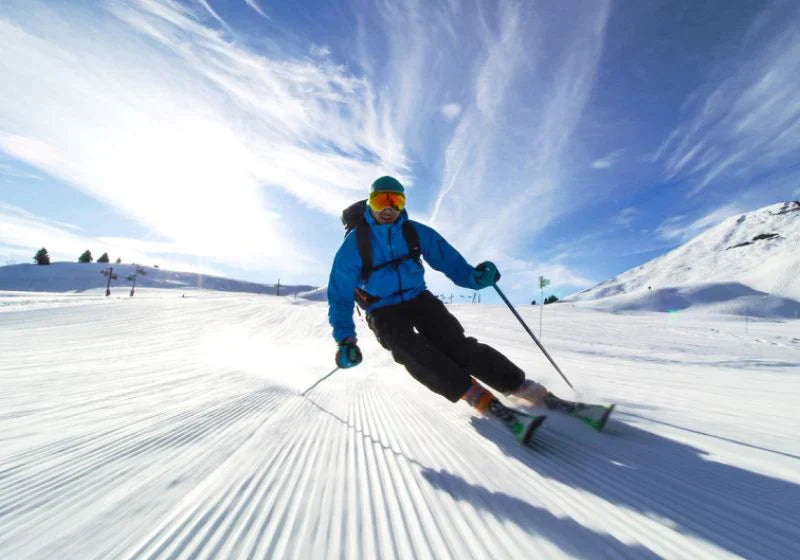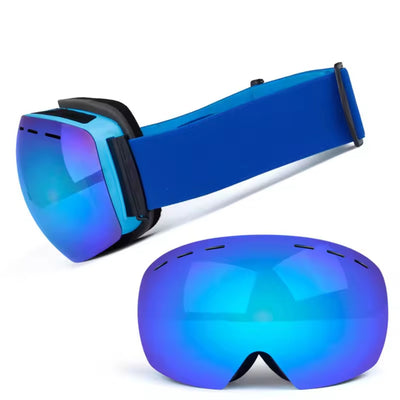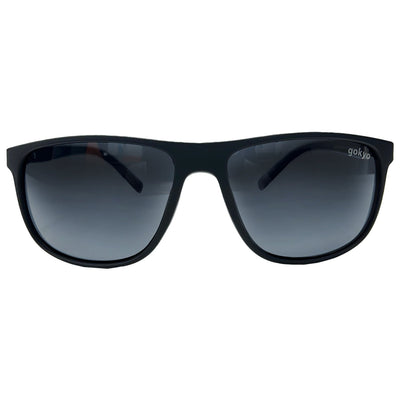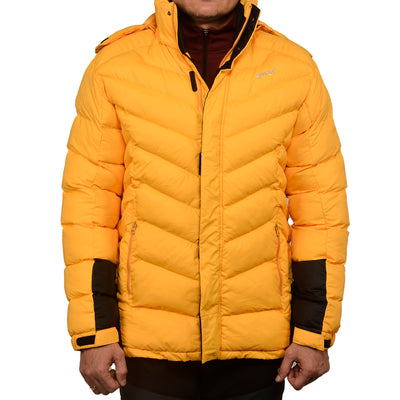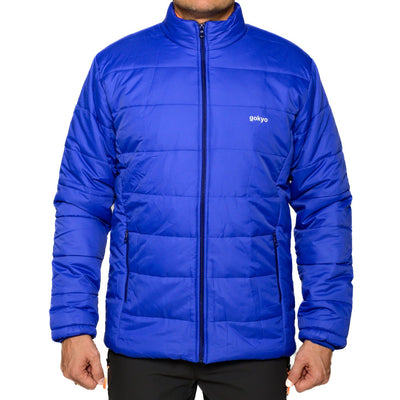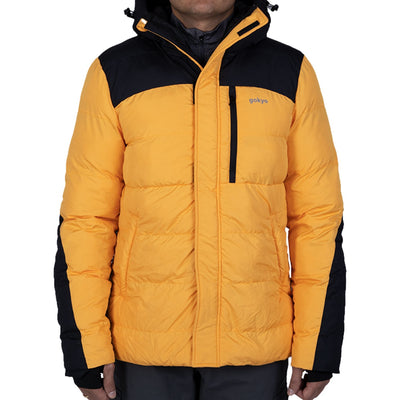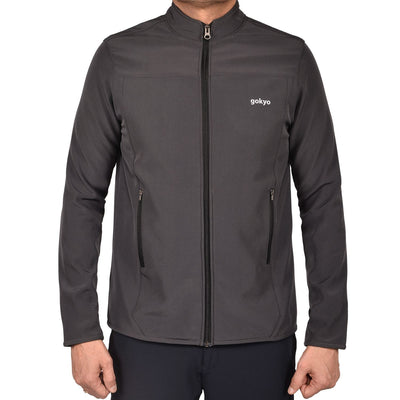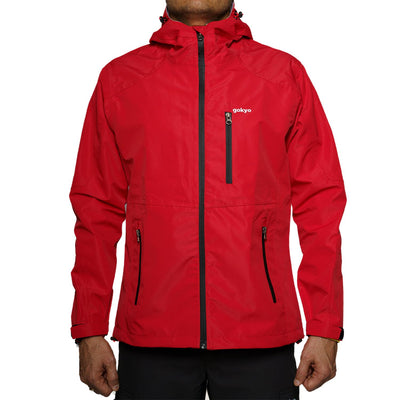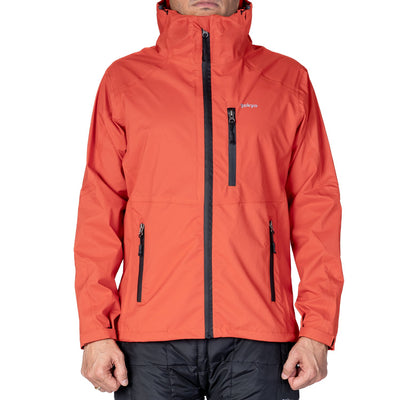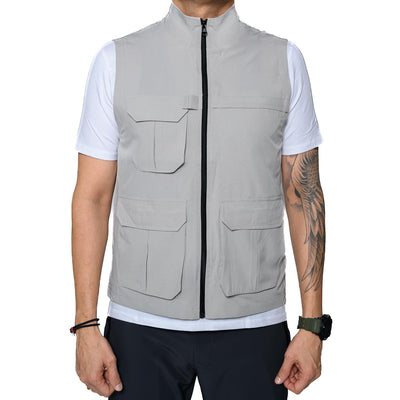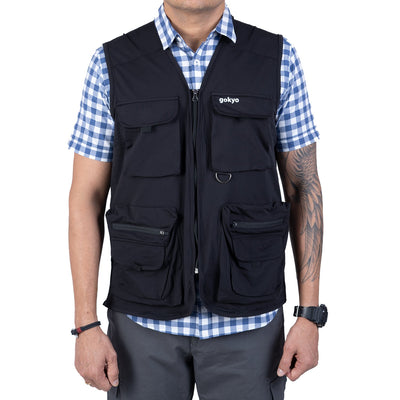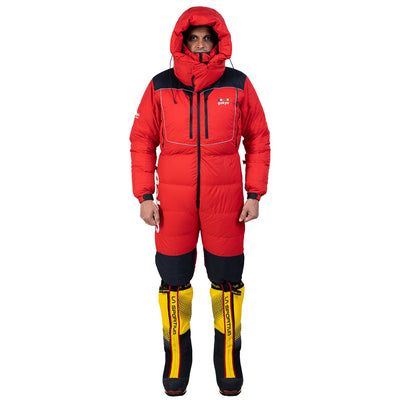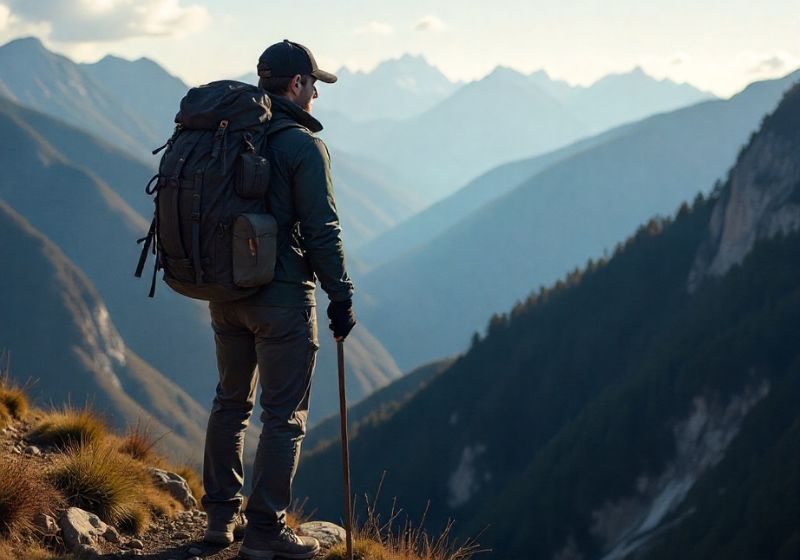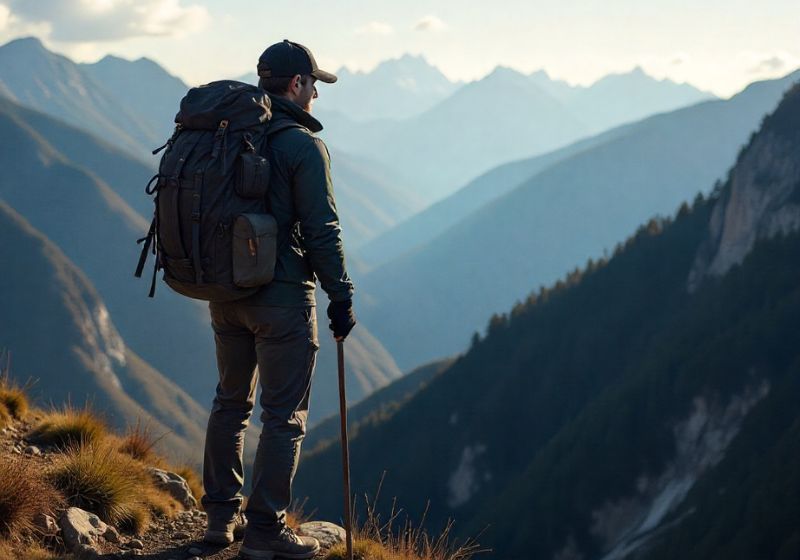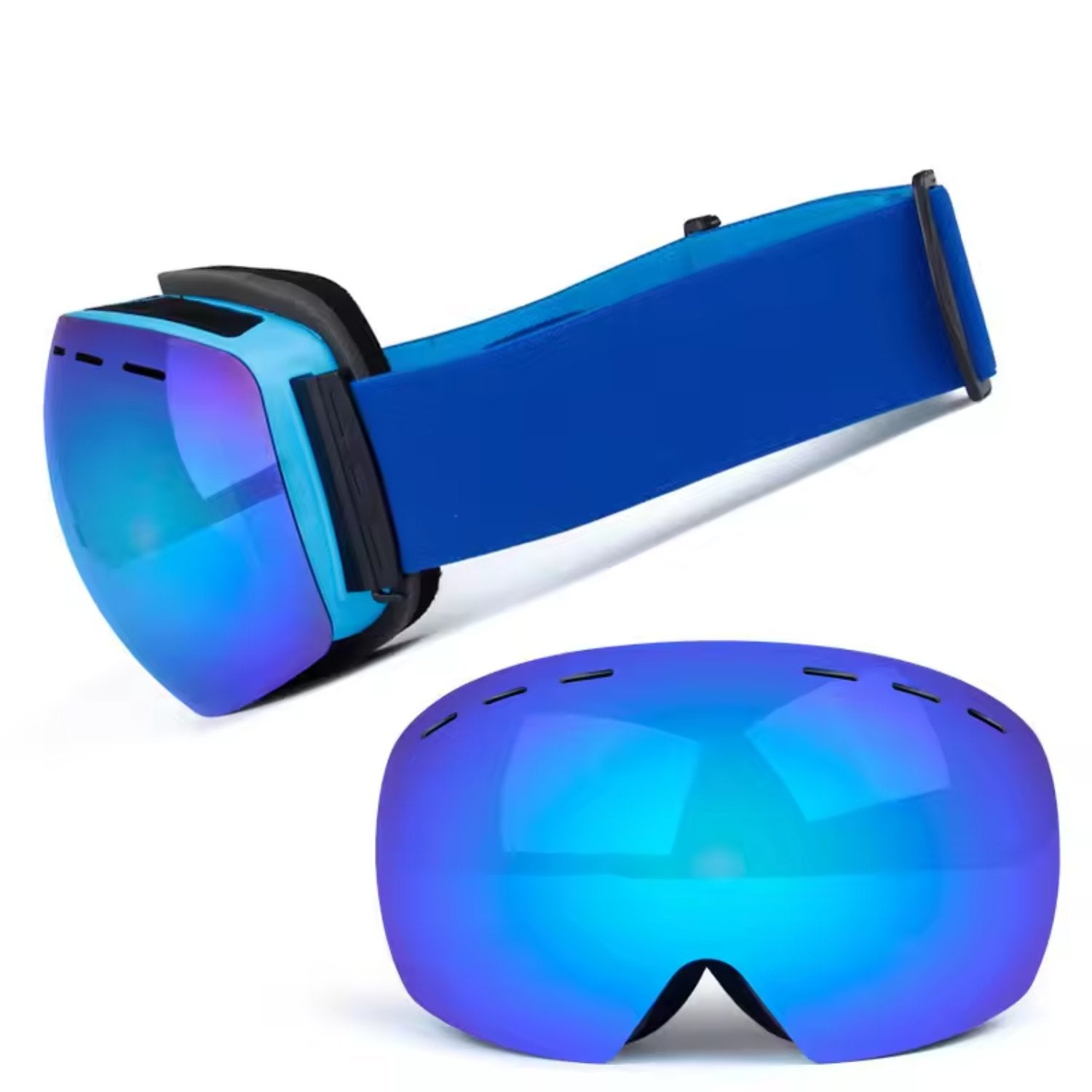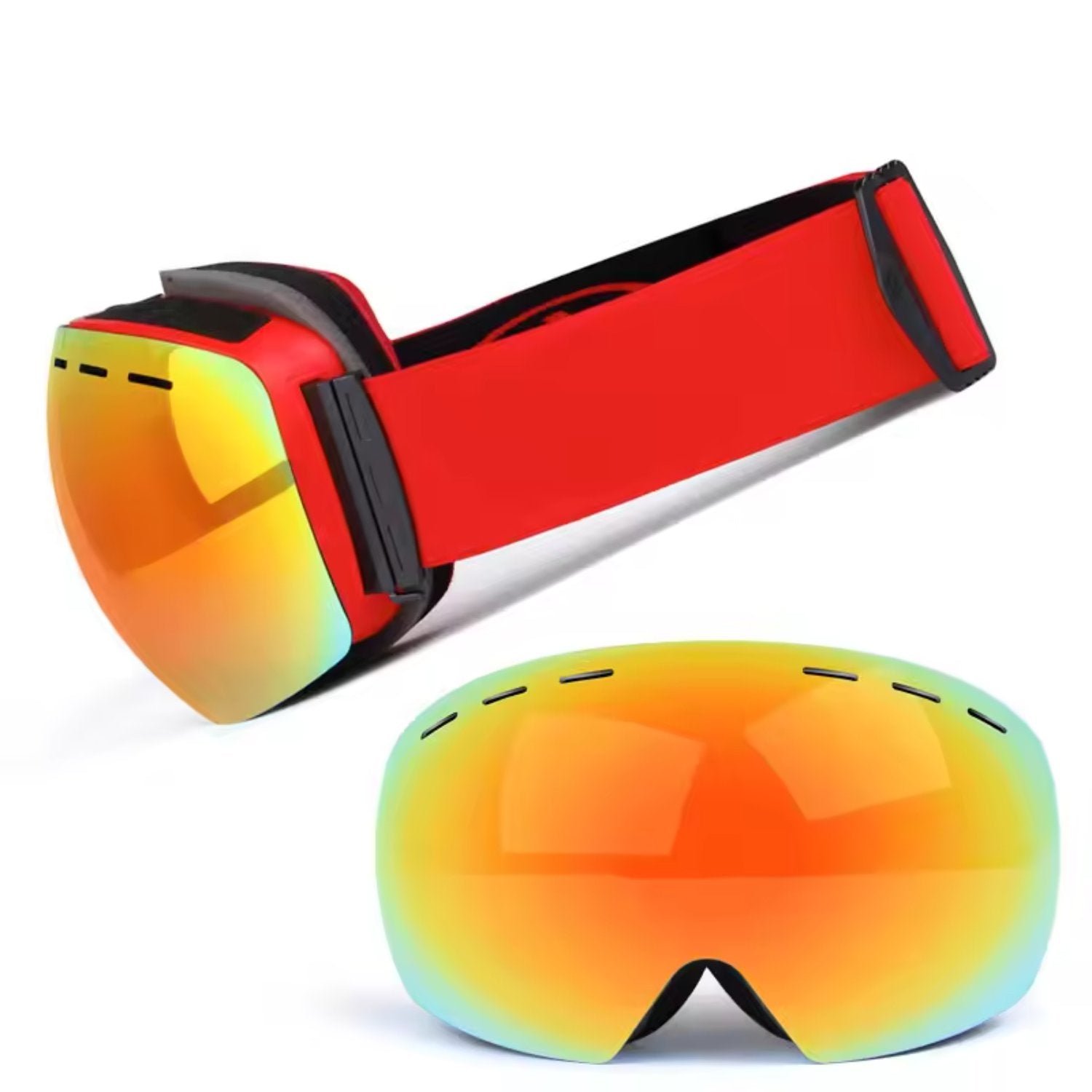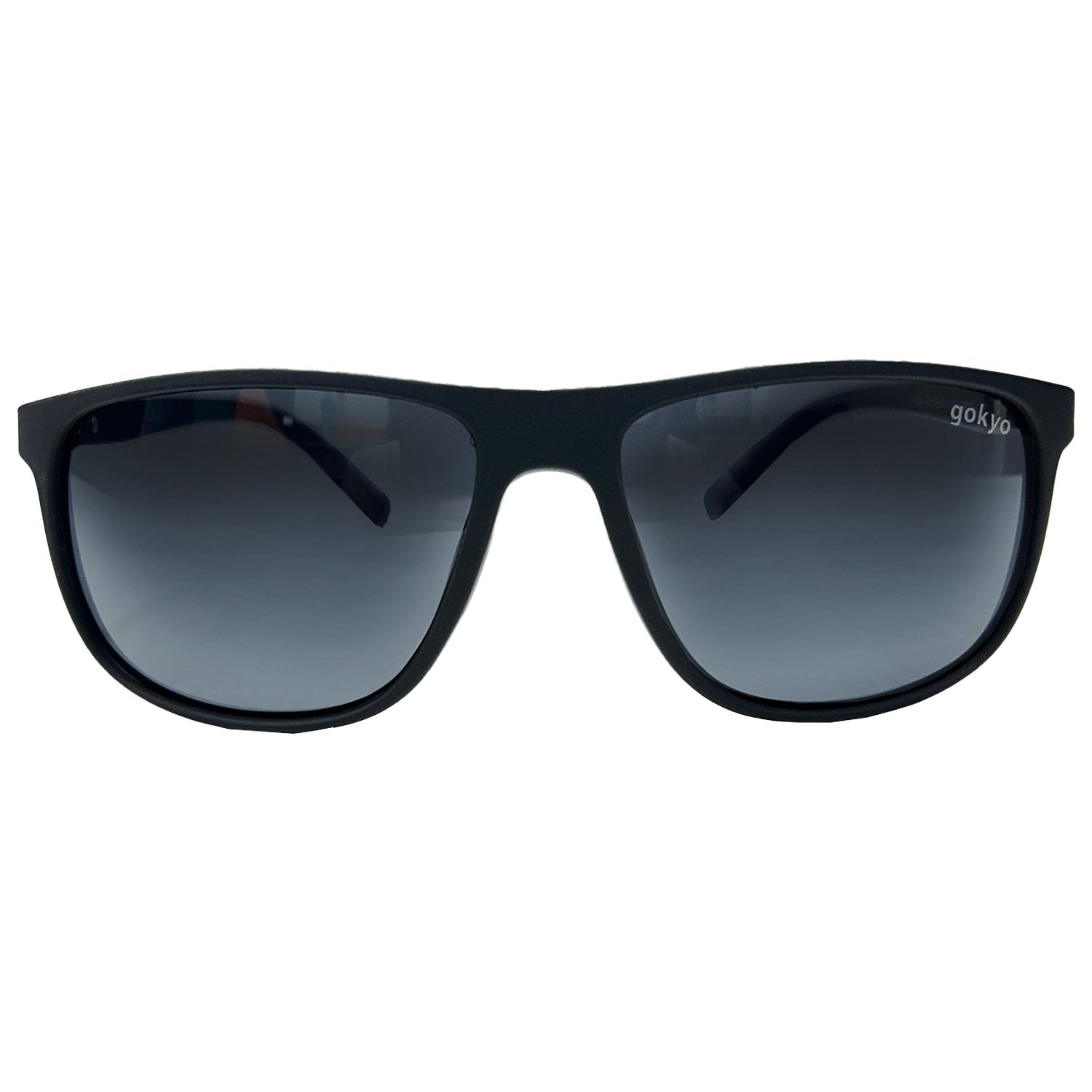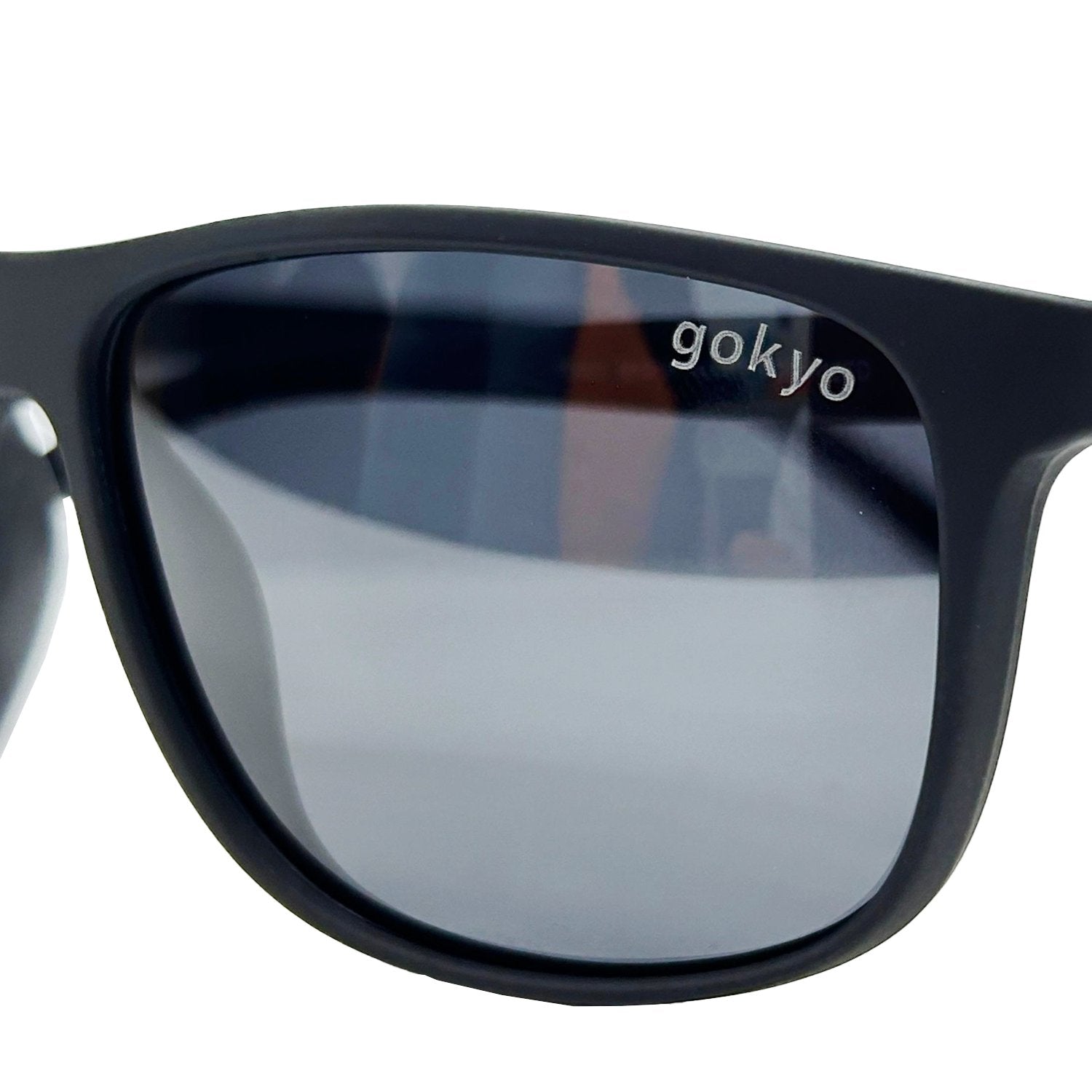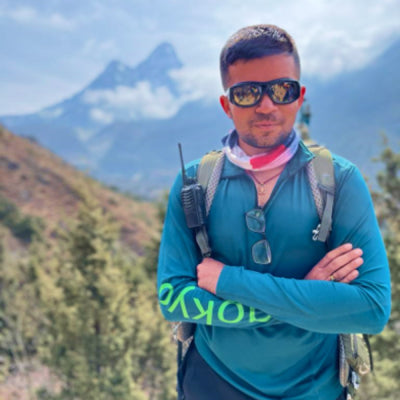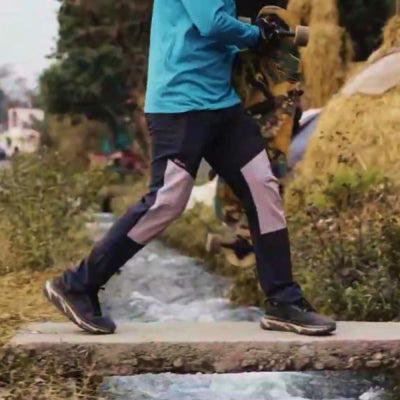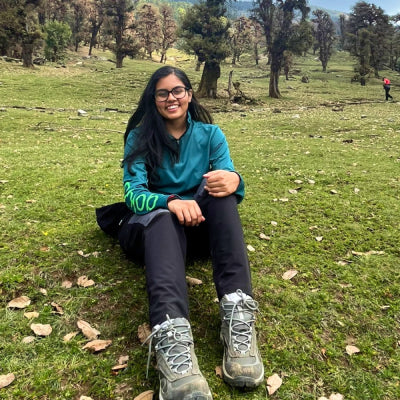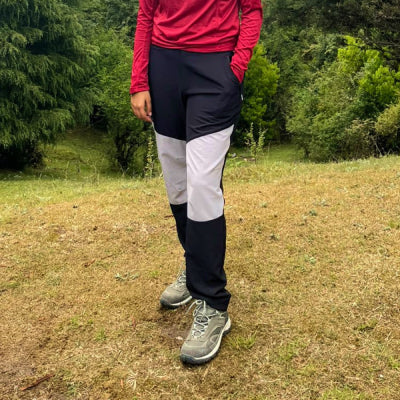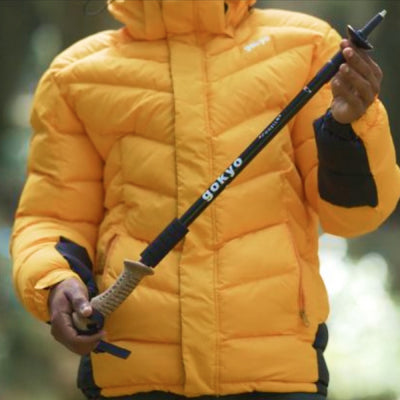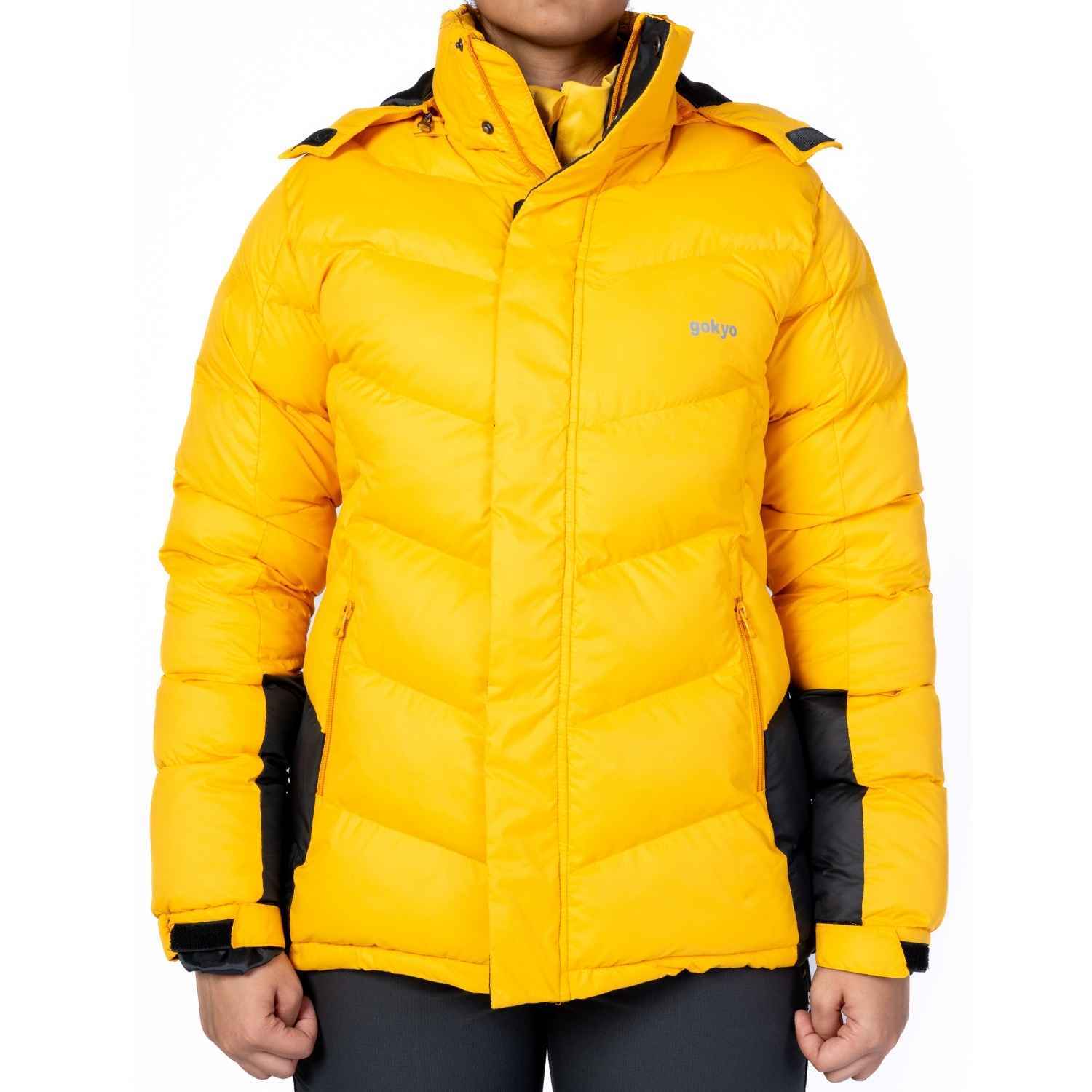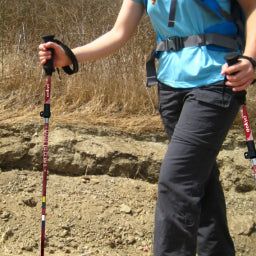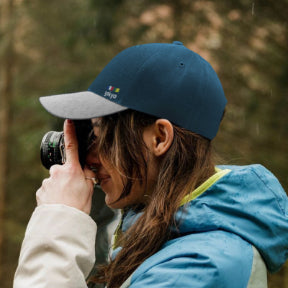Preventing Snow Blindness on Himalayan Winter Treks: Why Sunglasses Are Non-Negotiable
Up at 15,000 feet, you enter a stunning world of white and blue, filled with shining ice, a bright sky, and deep silence. But this beautiful place can quickly become dangerous. Without eye protection, you can experience blurry vision, burning, and excessive tearing in just a few hours – this is called snow blindness. That's why sunglasses are essential; they're more than just accessories, they can protect your vision.
We will examine the fact that sunglasses are not just another accessory, they can be life-saving gear on Himalayan treks during winter—and how something so small can protect you against one of the mountains' most underappreciated threats.
UV Protection Meets Fashion: Sunglasses for Every Adventure
The science of snow blindness
In snowy areas, snow reflects about 80% of the sun's UV rays. This is like a mirror, making the UV light stronger and more harmful to your eyes. The danger is even greater at higher altitudes because the air is thinner and blocks less UV light.
The additional reflection literally burns your cornea, leading to a condition known as photokeratitis, which all trekkers know as snow blindness. Symptoms? Redness, a gritty feeling in your eyes, temporary vision loss, and sheer pain that feels like sand is trapped under your eyelids.
If you are in a place without UV protection, a few hours of showing some sun can leave your eyes squinty and teary, and you can stumble and lose your sense of direction in icy conditions—there should be no trekker who faces this risk.
The Silent Threat on the Trail
The tricky thing about snow blindness, and the reason it is a silent threat to trekkers, is that it does not happen directly after the event. You can hike all day in bright sunshine, feel great, and go to bed only to wake up with your eyes so swollen and teary that you cannot even open them. And there is nothing worse than being out in freezing weather with no clinic for miles away.
This is why the passwords of seasoned mountaineers have always been, “Never step onto snow without your shades.” They collect money with UV blocking capability, and not only protect you from glare, they block UV rays bouncing in from different angles—side, below, or above, keeping every step you take sharp, safe, and focused.
How to Select the Perfect Sunglasses for Your Trekking Adventure
Not all eyewear is fit for the mountain. A stylish pair you wear at the beach will not suffice on a glacier. If you are getting ready for an trip to the Himalayas, be sure to look for the following in a pair of shades:
1. 100% UV Protection: This is an absolute must. Any less than 100% UV protection will leave your vision at risk.
2. Polarized: Helps to limit glare from reflective surfaces like snow, ice, or frozen lakes.
3. Wraparound: Protects not only your central vision but also prevents stray rays or snow particles from coming in from the side.
4. Anti-fog Coating: Eliminates the misting caused by temperature shifts.
5. Durability & Grip: You want the glasses to stay firm while climbing.
At Gokyo Outdoor Clothing & Gear, we design trekking eyewear tested for high altitude and unpredictable Himalayan weather, ensuring maximum comfort and protection on your climb.
Beyond Vision: Sunglasses as a Mental Edge
Trekking is as much a mental game as it is physical. Blinding light bouncing off snow can cause migraines, eye strain, and fatigue, making you irritable or slow to react. When your vision is compromised, your balance and navigation are too—and that’s when accidents happen.
Proper eyewear gives you a quiet but great advantage—it enables you to remain calm, focused, and efficient. You find yourself slogging through snow up to your knees, your breath fogging in front of you, but your vision? It’s clear, confident, and unshaken. That is what true preparedness feels like.
Gear Synergy: How Your Outfit Works Together
You can think of your trek gear as a system—designed to protect, insulate, and reinforce you. Your eyewear is intended to protect your eyes, and when paired with proper support gear, it’s even more effective.
- Caps and Beanies: They block sweat and glare from running into your eyes, plus minimize exposure from the top of your face.
- Jackets for Men: Windproof, insulated jackets for men make the protective barrier your body needs.
- Trekking Socks: Keep your circulation at a healthy level so the cold does not inhibit mobility.
- Trekking Poles: When visibility is limited, your trekking poles provide tactile balance and feedback for safer steps.
When thoughtfully selected from Gokyo Outdoor Clothing & Gear, each of these items is your invisible safety net, making every uphill easie, and every downhill safer.
Outdoor-Ready Jackets for Men
The Gokyo Way: Function, Before Flash.
At Gokyo Outdoor Clothing & Gear, we don’t design equipment for social media moments—we build gear that performs when the world turns white and the wind howls.
Our trekking eyewear is field-tested by professionals who have climbed through storms, fog, and 18,000-foot sunlight. Every feature is built for one thing: clarity in the moments that matter. Because on a Himalayan trek, it’s not about looking cool. It’s about keeping cool.
The Real-Life Lesson of the Slopes
Every guide or Sherpa has a story about “the trekker that forgot their shades.” On day two of the trek—clear skies, dazzling views—someone leaves their eyewear in the bag. By evening, their eyes are red, streaming, and swollen shut. They spend the next day in the tent, missing the climb they came so far to experience.
In the mountains, survival can depend on the smallest things. That simple decision—to wear your eyewear—can decide whether you watch the sunrise over snow-capped peaks or stay curled in pain in your sleeping bag.
5 Common Mistakes Trekkers Make with Eye Protection
1. Fashion over Function. Designer frames rarely offer adequate UV protection at high altitudes.
2. Ignoring Wraparound Designs. Regular frames let UV rays in from the sides.
3. Only Wearing Them on Sunny Days. UV rays penetrate even through clouds.
4. Neglecting Lens Care. Dirt or scratches distort vision and cause strain.
5. Not Carrying a Backup. If your eyewear breaks mid-trek, a spare pair could save your trip.
Frequently Asked Questions (FAQs) :
1. What are the advantages of using sunglasses on the snow?
Snow reflects harmful UV rays that damage the cornea. A good pair of eyewear will shield you from both glare and reflection.
2. What does snow blindness feel like?
You’ll feel temporary blindness, pain, and extreme sensitivity to light. Prevention is key—wear your eyewear from day one.
3. Do I need different sunglasses while hiking?
Yes. Always choose lenses with UV-blocking and polarized wraparound protection.
4. Should I wear sunglasses on a cloudy day?
Absolutely. UV rays pass through cloud cover—always wear your eyewear in the snow.
5. What color lenses are best for snow treks?
Grey or brown tones are ideal—they reduce glare without altering natural colors.
Conclusion
The Himalayas are breathtaking but ruthless. The same sunlight that makes peaks sparkle can destroy your vision in hours if you’re unprotected.
A good pair of sunglasses isn’t just style—it’s survival gear. When you pack for your next trek, make sure your trekking poles, insulated clothing, and trusted Gokyo Outdoor Clothing & Gear go hand in hand with them.
Because up there, the mountain rewards only those who prepare smart.

